Photo Essay: Women and War
"One Person Crying: Women and War," is a 28-year, global photo essay that addresses the immediate and lingering effects of war on women.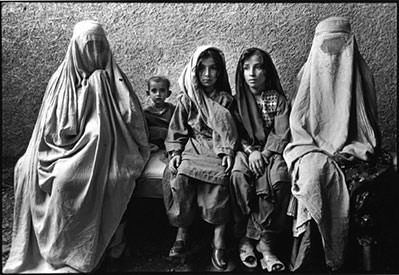
Editor’s note: For nearly three decades, Marissa Roth traveled from one war zone to another to capture images of the impact of war on women. Her project is called “One Person Crying: Women and War,” and is on exhibit at the Museum of Tolerance in Los Angeles through Oct. 18.
“One Person Crying: Women and War,” is a 28-year, global photo essay that addresses the immediate and lingering effects of war on women. I undertook this personal project in an endeavor to reflect on war from what I consider to be an underreported perspective. It brought me face to face with hundreds of women who have endured and survived war and its ancillary experiences of loss, pain and unimaginable hardship. I traveled the world photographing, interviewing and writing down their war histories, capturing gestures and noting gruesome details, in order to document how their lives were irrevocably changed by this experience. Women are the touchstones for families and communities and are often relied upon to keep everything held together during a war or conflict. Afterwards, there is often no time for them to assess their own traumas, let alone speak of them in order to process the experience. I was compelled to put faces and give voices to the women’s side of war, with no judgment as to which war was worse for its survivors. There is no blood or any guns in the images, just the record of lives lived with a never-ending post-war backdrop. In the journey that became this unexpected odyssey, I was also able to reflect on my family’s war history, and make peace with the profound losses, most notably my paternal grandparents, who were killed in a massacre in Novi Sad, Yugoslavia, in 1942.
Afghan Refugee Women and Children
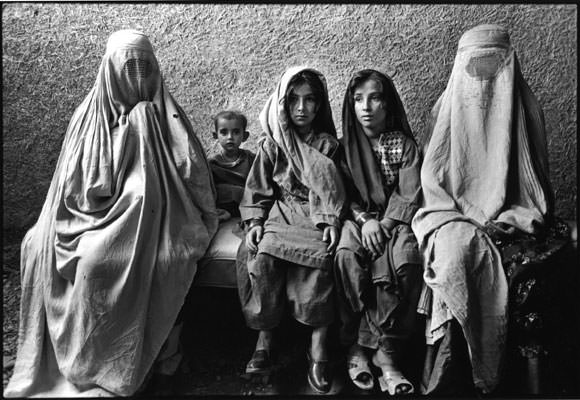
At the end of the 10-year war between Afghanistan and the USSR, there were an estimated 100,000 Afghan war widows. Countless people were displaced and living in refugee camps along the border in Pakistan, including these women and children. Photographed in Peshawar, Pakistan, September 1988.
Dr. Ilse Kleberger

Dr. Ilse Kleberger was born in Pottsdam and survived World War II in Berlin. She was raped during the siege of Berlin at the end of the war. After the war, she became a prominent physician and the author of 32 books. Berlin, Germany. May 2008.
Beckie Dixon

Beckie Dixon, whose son Christopher, a Marine, was killed in Iraq in August 2005. He had turned 18 just a few months earlier. Photographed on Veterans Day 2005 with Christopher’s memorial flag in Columbus, Ohio.
Mother and Son
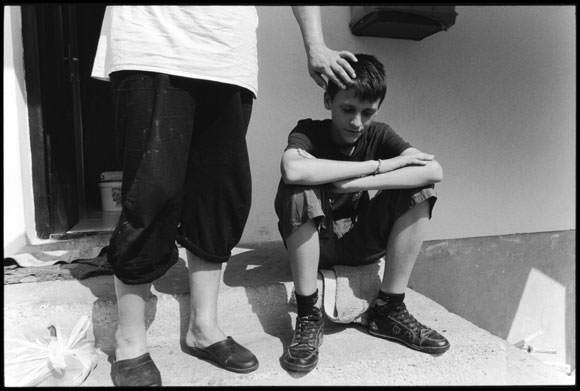
Magbula Alispahic, 45, with her son Amsal Karkas, 13, on the steps of the small home they share in Tuzla. They are among countless displaced Bosnian Muslim families living in aid-donated accommodations since fleeing Srebrenica. Magbula’s two brothers were killed in the war, one at 16 years old in the massacre in Srebenica, and the other who had been conscripted into the Bosnian army. Photographed on May 20, 2009.
Goodbye Letter

This is Wesley Davids’ “In case of death” goodbye letter to his parents and brother. He was a Marine killed in Iraq, on May 11, 2005. Photographed at the family home in Dublin, Ohio, in October 2005.
Setsuko Iwamoto

Hiroshima A-bomb survivor Setsuko Iwamoto, describing the morning the bomb came down and going to one of Hiroshima’s seven rivers to wash her face, to feel if she still had a face. She was burned on her arms and back, but not on her face. Hiroshima, Japan, June 2002.
Rubber Plantation Growing on Defoliated Land
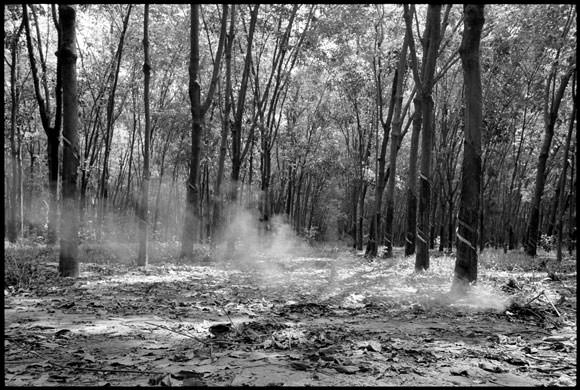
This rubber tree plantation in Cu Chi, Vietnam, near Ho Chi Minh City (formerly Saigon) was planted on land that had been defoliated by Agent Orange during the Vietnam/American War there, which ended in 1975.
Hoang Thi Tho, Student Activist
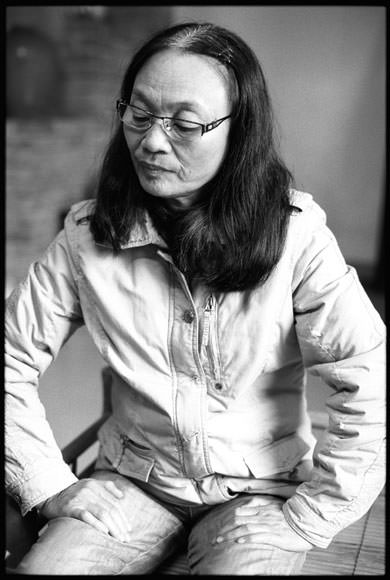
Vietnamese student activist tortured during the American War. In Vietnam, they called it the American War. In America, they called it the Vietnam War. Photographed in Hue, Vietnam, March 2012.
Looking Out of an Auschwitz Barrack Window
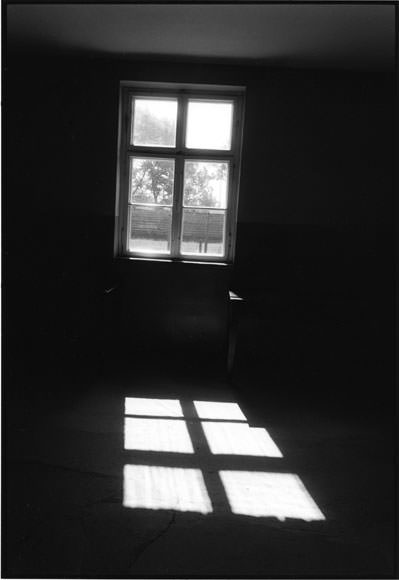
Over a million-and-a-half Jews were killed in the concentration camps of Auschwitz-Birkenau. Many of them lived in the Auschwitz barracks, originally built as a Polish military base before the war. Birkenau, a few miles away, was purpose-built as a concentration camp. Auschwitz, Poland, May 10, 2008.
Genocide Survivor Nuk Nimny
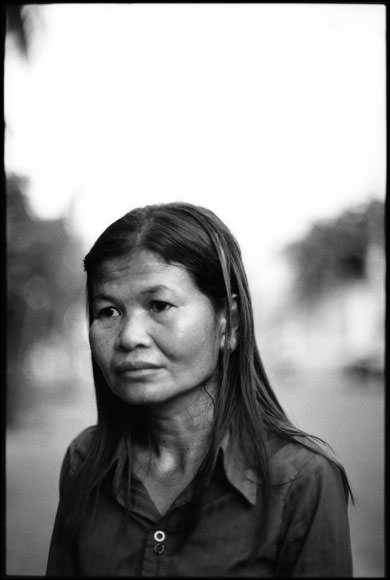
Earlier on the same day this photograph taken, Nuk had been part of one of the victims groups represented at the first international genocide tribunal that started on Feb. 17, 2009. Born in 1972, this was the first time she had ever been in Phnom Penh. She lost her father and two sisters to the genocide. Phnom Penh, Cambodia, Feb. 18, 2009.
Pagoda with Genocide Victims’ Bones
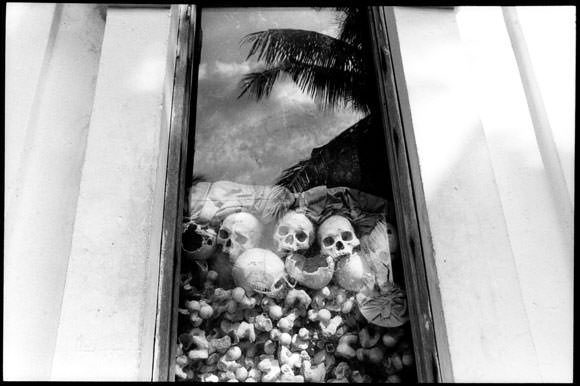
Throughout Cambodia, there are pagodas filled with the skulls and bones of some of the 1.2 million victims of Pol Pot’s genocidal regime. Many people were tortured and killed, others died of illnesses, malnutrition and suicide. Siem Reap, Cambodia, Feb. 22, 2009.
Corn Field Growing on a Former Mass Grave
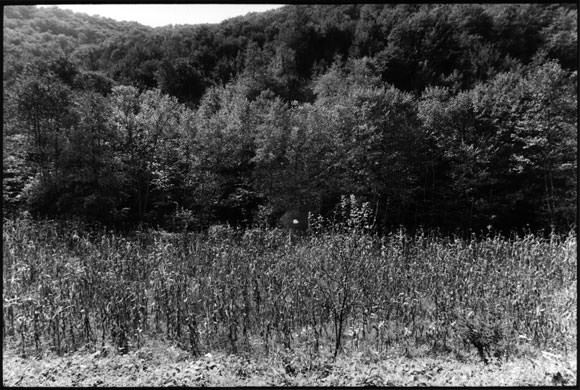
A corn field now grows on the site of a former mass grave in Srebrenica municipality where some men and teenage boys were killed and buried during the Srebrenica massacre of July 1995. Bosnia and Herzegovina, Sept. 26, 2009.
Kosovar-Albanian Teenage Refugees
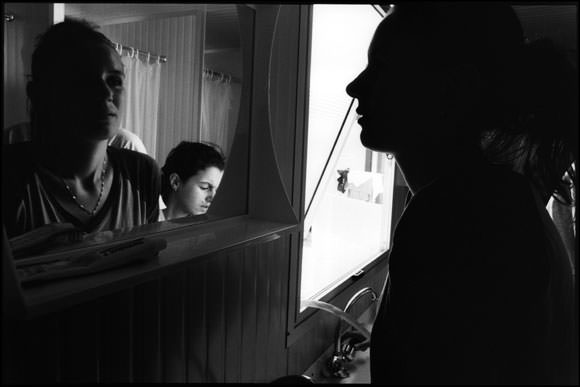
Kosovar-Albanian teenage refugees in a U.N.-donated bathroom trailer at a makeshift refugee camp during the bombing of Kosovo. May 1999, Tirana, Albania.
Afghan Kite
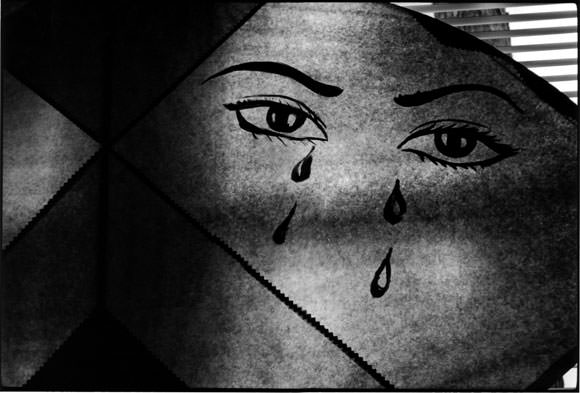
Photographed in Los Angeles, January 2002.
Your support matters…Independent journalism is under threat and overshadowed by heavily funded mainstream media.
You can help level the playing field. Become a member.
Your tax-deductible contribution keeps us digging beneath the headlines to give you thought-provoking, investigative reporting and analysis that unearths what's really happening- without compromise.
Give today to support our courageous, independent journalists.
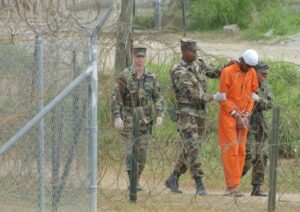
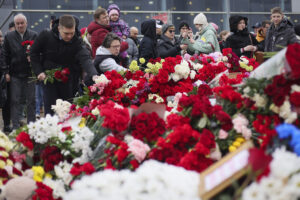
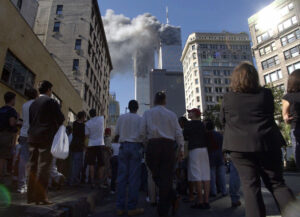
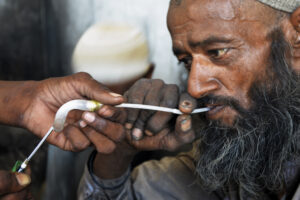
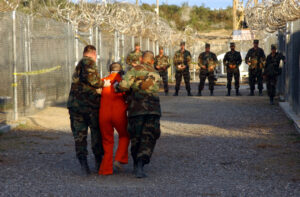
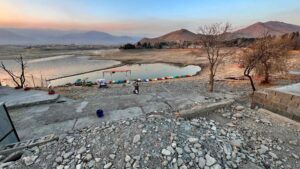
You need to be a supporter to comment.
There are currently no responses to this article.
Be the first to respond.